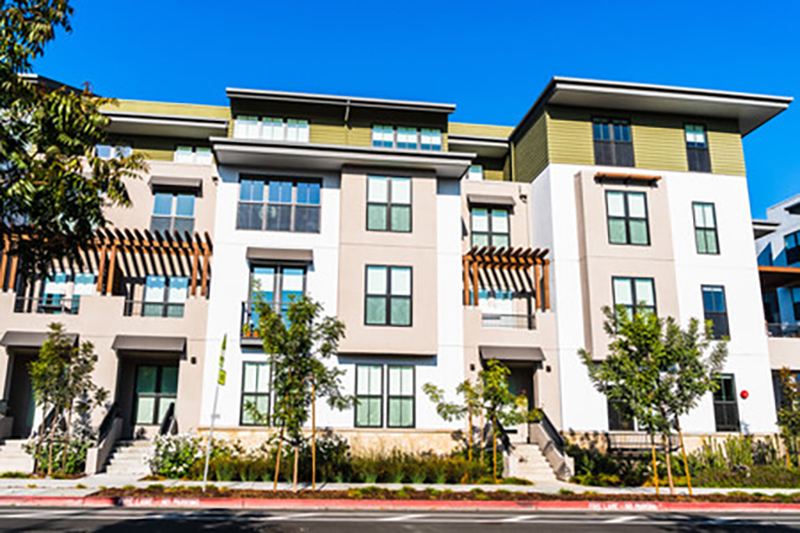
New for Multi-family Developments: Two Performance Values?
2022 Code goes into effect as of January 1,2023. Projects that apply for permits on or after January 1, 2023 will fall under the 2022 Code.
What’s Changing: Multi-family energy code will be its own section to clearly outline the energy requirements of multi-family developments. There are two pathways to comply with the performance method where the energy code will be calculated.
The first pathway is the Time Dependent Variable (TDV) which considers the total cost of energy demand each hour, across seasons for one full year. TDV value includes the building’s energy demand cumulative of all building assemblies, systems, and renewable energy sources. Examples of building assemblies include walls and roof, whereas building systems include space-conditioning, water heating, indoor lighting, and ventilation. The renewable energy systems it references are photovoltaic and battery storage.
TDV is monitored because the cost for utilities to deliver power to any given building is very different at 9am on January 1st than it is at 2pm on July 31st. Overall, TDV gives a good estimate for how much power a building in a regional utility system will need at any time of the day or night any day of the year.
Time Dependent Source (TDS) energy is a new metric that gives better information about how on-site renewable energy going to the grid from a specific building will change the profile of our energy portfolio regionally.
As we ramp up photovoltaic installations, the demand for natural gas will decrease. Utility providers need to know by how much and when solar is adding power to the grid during the day and when our buildings are pulling power via natural gas at night. California is leading the charge to become resource independent, resilient and a zero net energy state.
Resources are available to help you navigate code changes from the California Energy Commission and our Resource Library.
Questions about Title 24? Contact Energy Code Coach!
Call Us: (805) 781-1201
